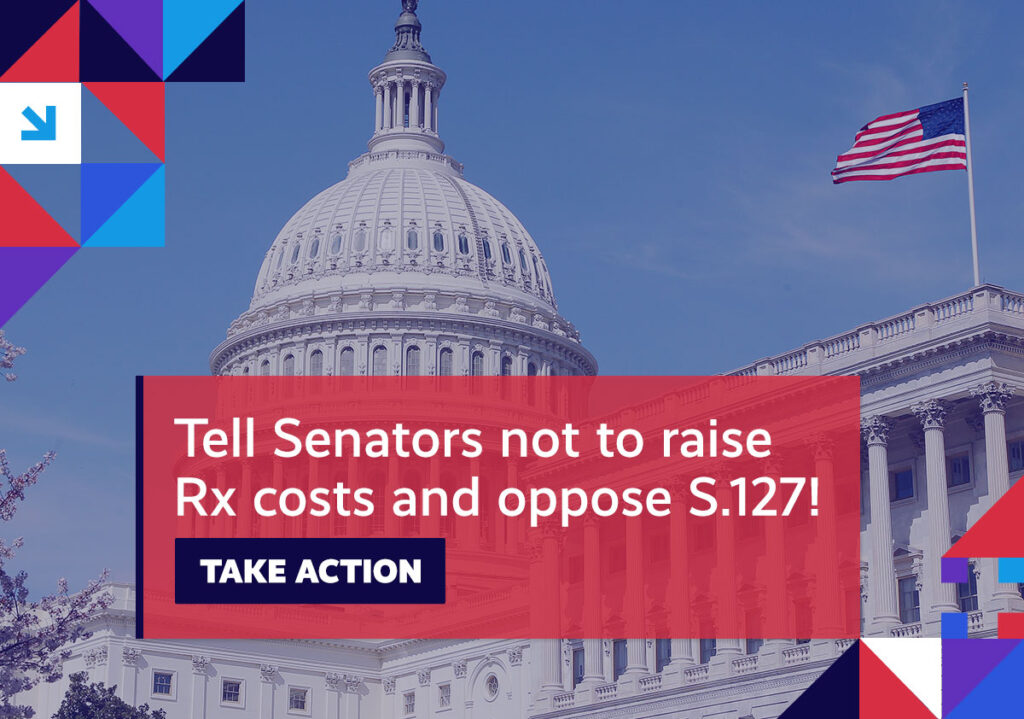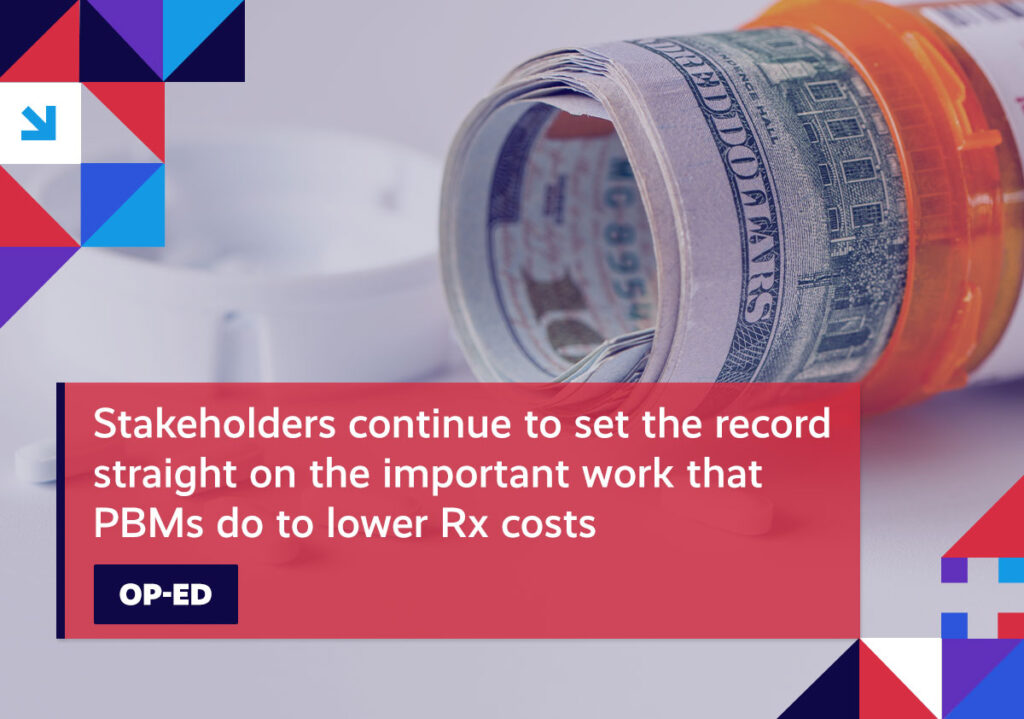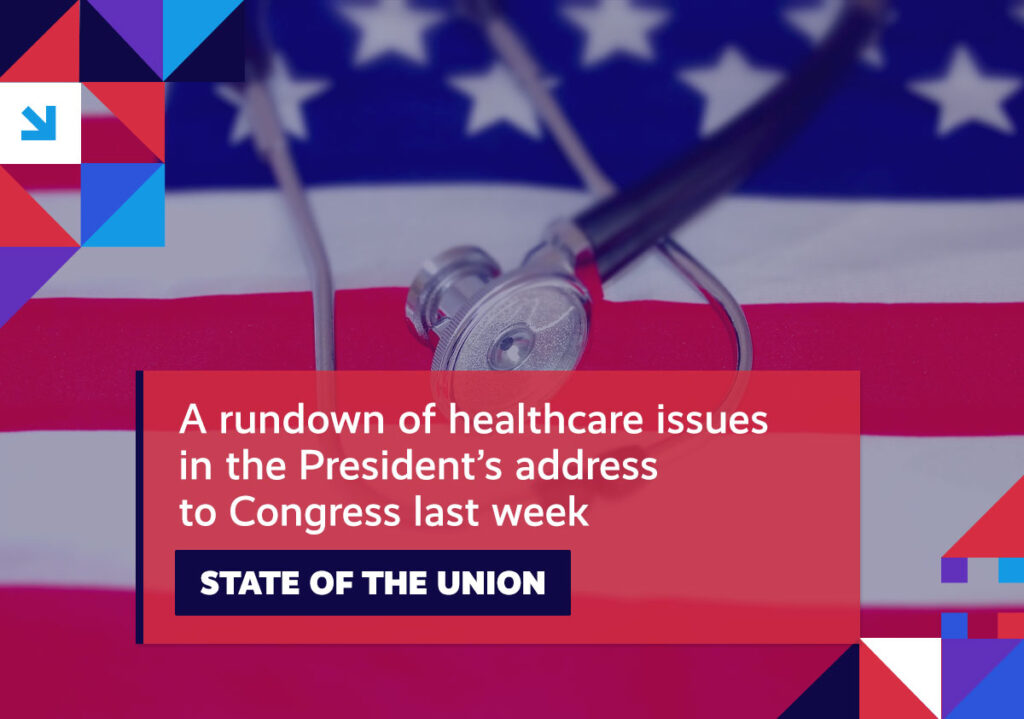A quick roundup of the issues driving the healthcare reform conversation.
Item of the Week

Week in Review
HOSPITAL TRANSPARENCY Only a quarter of hospitals are fully compliant with federal price transparency rules.
Quick takeaway: According to a new report, just 24.5 percent of 2,000 hospitals studied were found to be in total compliance with hospital price transparency rules.
Further context: Under the rules implemented a little over two years ago, hospitals are required to post a list of standard charges for hundreds of the most common medical procedures, services, or devices. But, as detailed in this new analysis, many continue to be on the wrong side of compliance with the rules.
Other highlights from the report include:
- Nearly 6 percent of hospitals were found to be in total noncompliance
- About half of hospitals failed to meet compliance because the majority of the pricing data posted was either missing or incomplete
- While approximately 20 percent of hospitals posted a list of common procedures in a consumer-friendly format, nearly 90 percent of them posted incomplete files on standard charges
What it means: Prices for healthcare services have been singled out as a critical driver of health spending growth in the US, with hospitals, emergency rooms, and doctor visits accounting for more than half of all healthcare spending. These transparency rules were meant to give consumers access to the price information they needed to make meaningful comparisons.

Rx PATENT ABUSE Big Pharma’s abuse of the patent system costs consumers and our healthcare system billions.
Quick takeaway: By constructing “patent thickets” around their lucrative products, drugmakers are able to protect their monopolies, which, according to a recent study, translates into billions of dollars.
Further context: The report quantifies the impact of these patent abuses on consumers and the healthcare system by looking at what the savings would’ve been on five different drugs had they been subjected to normal market dynamics, such as competition from generics and biosimilars. Based on their calculations, the one-year cost of delayed competition to these five drugs ranged from $1.8 billion to $7.6 billion.
What it means: In seeking to protect their profits, pharmaceutical manufacturers use these patent thickets to prevent generic or biosimilar drugs from reaching the market. By doing so, Big Pharma is able to impose significant costs on consumers and the healthcare system by delaying the savings that competition would bring.
For their part, lawmakers are working to address the issue, recently advancing bipartisan bills out of a Senate Committee aimed at reforming the drug patent system.

PRIVATE EQUITY IMPACT Workforce composition changes at physician practices acquired by private equity firms.
Quick takeaway: Doctors’ offices rely more heavily on nurse practitioners and physician assistants (advance practice providers) after they’ve been taken over by private equity investors.
Further context: Looking beyond the impact of private equity interests on healthcare costs and utilization, researchers set out to investigate what happens to the physician workforce as a result of these takeovers.
According to their analysis, the use of advance practice providers increased in practices, across specialties, as a result of ownership changing hands, with private equity investors replacing existing, more costly clinicians with nurse practitioners and physician assistants.
What it means: While the long-term implications remain to be seen, the study serves as a significant reminder that a stable healthcare workforce is not only associated with better health outcomes, but reduced overutilization, as well.
MEDICARE ADVANTAGE Proposed changes to the Medicare Advantage program could increase costs and limit benefits for more than 30 million beneficiaries.
Quick takeaway: Earlier this month, the Centers for Medicare & Medicaid Services (CMS) released its annual proposed changes to the Medicare Advantage (MA) program, which would impose cuts, negatively impacting the nearly 50 percent of all Medicare beneficiaries – including seniors and people with disabilities – who are enrolled in MA plans.
Further context: The program recently eclipsed the 30 million beneficiary mark, which means that nearly half of all eligible Medicare beneficiaries now choose MA plans over traditional Fee-for-Service (FFS). Given its focus on coordinated and comprehensive care, it’s no surprise that MA has distinguished itself from FFS:
- MA provides an average value of $2,000 in extra benefits
- MA beneficiaries have a 43 percent lower rate of avoidable hospitalizations and higher rates of preventive care and screenings
- 3.7 million rural Americans are enrolled in MA plans
With that in mind, lawmakers would do well to note just how popular the program continues to be with Medicare voters:
- 9 out of 10 say they’re happy with their MA plan
- 80 percent are worried about cuts to the program
- 75 percent say it’s important that lawmakers protect the program
What it means: A series of cascading policy changes and cuts to MA – culminating with CMS’ latest proposed changes to the underlying funding structure of the program – will result in billions of dollars being taken out of the program and returned to the government.
Unfortunately, all of this threatens the value that MA beneficiaries have come to depend on, leaving them vulnerable to higher premiums, increased out-of-pocket costs, reduced benefits, and limited choice.
Keep an eye out for how you can help protect this program!

Spotlight

| You can keep up with the latest by following the Health Action Network on Twitter and by liking us on Facebook. And, be sure to check us out on LinkedIn, too. As always, let us know if there’s something you’d like to see covered in a future newsletter. |
